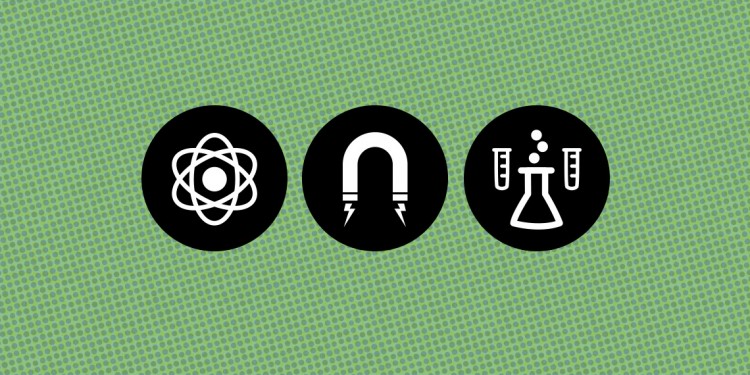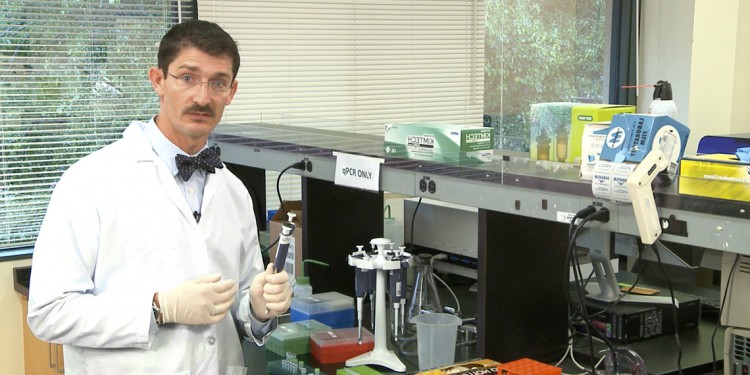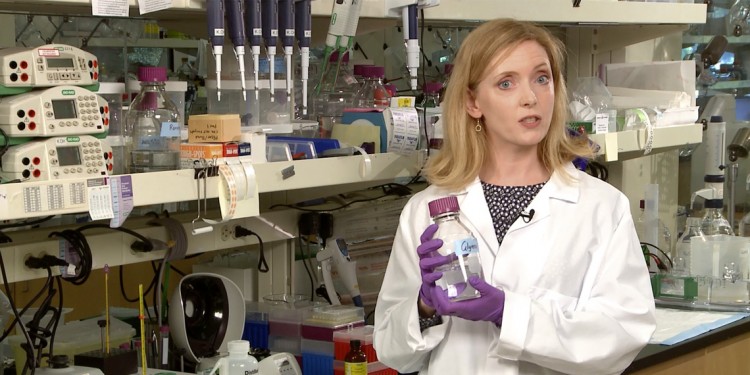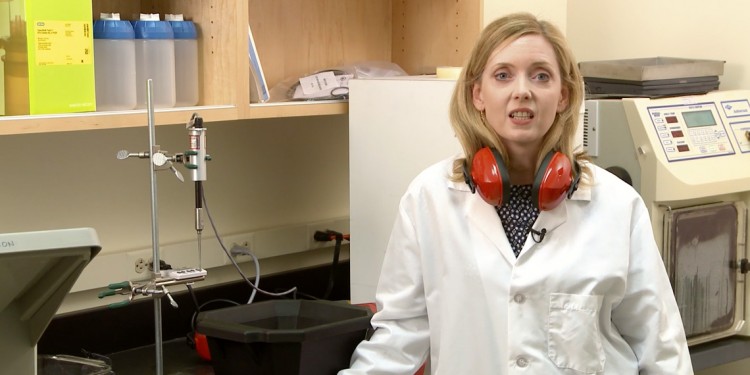
In Pursuit of (Ig) Nobility: The Ig Nobel Prize

10 Tips and Tricks for Designing Multicolor Flow Cytometry Panels

How to Minimize Contamination in qPCR Experiments

Crows Do Fear the Reaper

What Academic Researchers Can Learn from Small Biotechs about Antibody Validation

A Semi-Automated Quantitative PCR Approach to Assess Differential Anti-Apoptotic Gene Expression Patterns Associated with Prostate Cancer Progression

Scientists Image Metabolites Secreted by Single Cells

Can Cancer Cells be Programmed Back to Normal?

Four Tips for Developing a Sample Prep Protocol for SDS-PAGE or Chromatography


